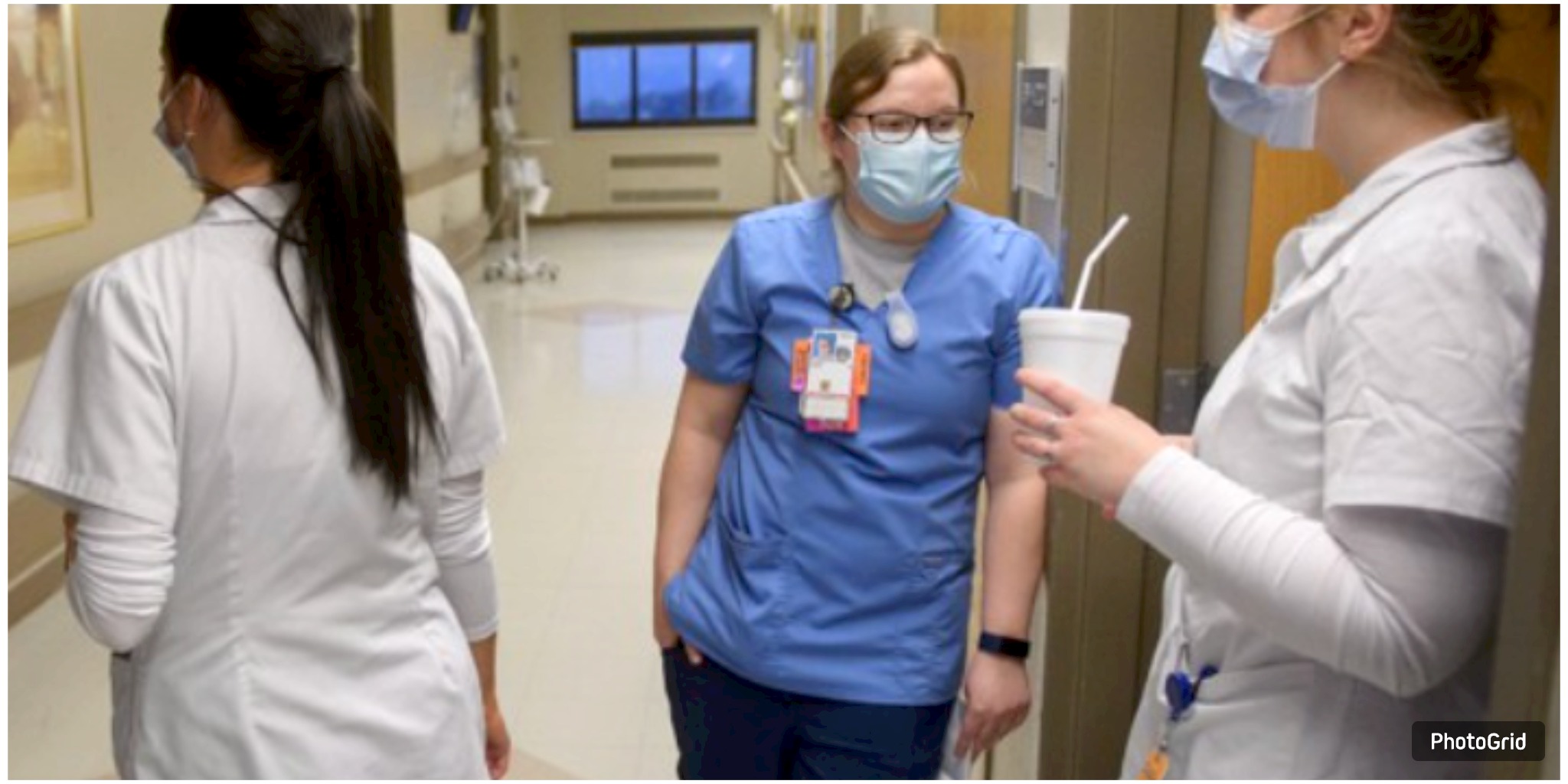


A government watchdog reported on Tuesday that the Department of Veterans Affairs' medical centers are grappling with severe staffing shortages, which have increased by 50% over the past year. Nearly all facilities are struggling to recruit doctors, and a significant number are also facing a shortage of nurses.
The VA’s Office of Inspector General has revealed in its annual report a staggering increase in severe staffing shortages at Veterans Health Administration facilities across the country, with the number of affected positions rising to 4,434 from 2,959 the previous year. The impact spans various professions, including physicians, nurses, police officers, electricians, and security guards.
The inspector general characterizes a “severe shortage” as a position that poses significant obstacles to recruitment, rather than indicating an immediate opening. A recent report reveals that a staggering 94% of VA medical facilities are facing critical shortages in medical officers. This represents a notable increase from the 86% of positions reported as unfilled last year. Despite some improvements, nursing shortages continue to be a significant issue, with 79% of facilities indicating their presence.
Psychology emerged as the leading clinical shortage, with 57% of facilities facing difficulties in filling positions — a challenge that has persisted since 2019. In a striking development, a significant 58% of facilities have reported challenges in filling VA police officer positions, highlighting a pressing shortage on the nonclinical front.
In a development that has been anticipated for months, veterans, VA employees, and Democratic lawmakers have raised alarms regarding the potential impact of planned staffing cuts under VA Secretary Doug Collins and President Donald Trump, cautioning that such measures could undermine the quality of care provided.
“This report highlights that the attrition crisis at the Trump VA is a result of deliberate actions rather than being a strategic or natural occurrence,” stated Sen. Richard Blumenthal, D-Conn., who serves as the ranking member of the Senate Veterans Affairs Committee.
Last month, the VA made a major announcement, planning to use attrition to reduce its workforce by approximately 30,000 jobs this year. This marks a departure from previous proposals that aimed to eliminate 80,000 positions. The inspector general's conclusions are based on surveys distributed to VA facilities in March and April, before the comprehensive assessment of the attrition plan's impact.
Peter Kasperowicz, a spokesperson for the VA, dismissed the report, stating that it is “not a reliable indicator of staffing shortages” because it relies on facility perceptions rather than standardized vacancy data. The current vacancy rate at the VA stands at 14% for doctors and 10% for nurses, according to his statement.
Staffing pressures have intensified the existing tensions on the ground. In a significant display of solidarity, nurses gathered on Tuesday at the Joseph Maxwell Cleland Atlanta VA Medical Center in Georgia to voice their concerns over proposed reductions to mental health staffing and the HUD-VASH program, which plays a crucial role in assisting homeless veterans.
Dana Horton, a registered nurse and prominent union leader, raised concerns that reductions in case management services might exacerbate mental health crises for veterans grappling with severe illnesses.
Kasperowicz denied any plans to reduce HUD-VASH staffing, emphasizing that they were only reallocating one position. He noted that the adjustments aimed to enhance care by reallocating resources to areas with greater demand.
The inspector general refrained from providing formal recommendations, instead encouraging VA leaders to use the findings to inform their staffing strategies.
















From breaking news to thought-provoking opinion pieces, our newsletter keeps you informed and engaged with what matters most. Subscribe today and join our community of readers staying ahead of the curve.